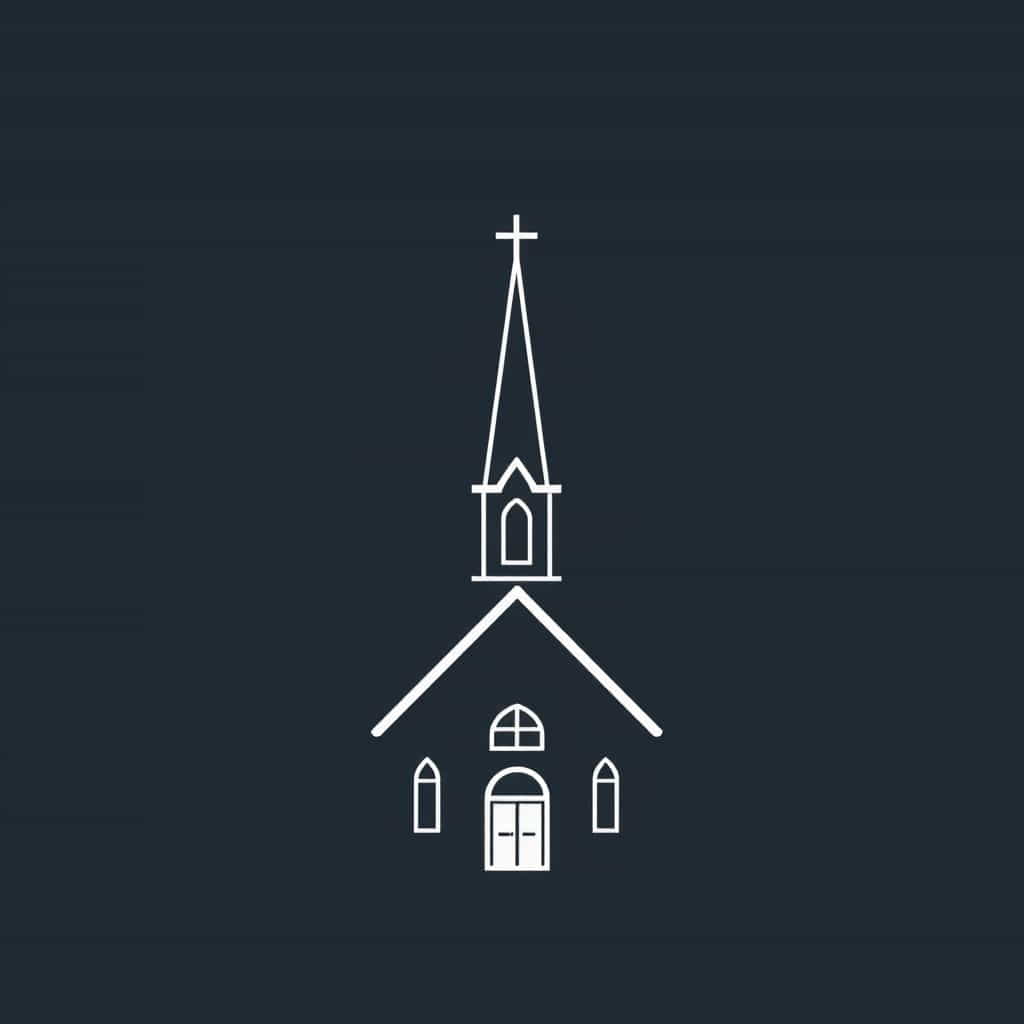A parsonage house is a residence provided by a church for its clergy, such as a pastor, minister, or priest. These homes, often located near the church, serve as both a personal residence and a place for religious or community gatherings.
Parsonage houses have existed for centuries and remain an important part of many religious traditions today. This topic explores the history, purpose, benefits, and modern use of parsonage houses, helping readers understand their role in religious communities.
Definition of a Parsonage House
A parsonage house, also known as a rectory, vicarage, or manse, is a home provided by a church for its clergy members. It is typically owned by the religious institution and used as an official residence for the church leader and their family.
The main purposes of a parsonage house include:
-
Providing a stable and convenient home for clergy members.
-
Keeping the church leader close to the congregation.
-
Serving as a gathering space for church meetings and events.
Parsonage houses are found in various Christian denominations, including Catholic, Protestant, and Anglican traditions. The size, style, and location of these homes vary depending on the church’s resources and local traditions.
History of Parsonage Houses
Early Origins
The tradition of housing clergy within church-owned property dates back to medieval times. Churches recognized the need to provide a home for their religious leaders to ensure their stability and commitment to the community.
16th-19th Century
During the Reformation and colonial periods, churches across Europe and North America built parsonages, vicarages, and rectories to house clergy. These homes were often located next to the church for easy access.
Modern Developments
Today, some churches still provide parsonages, while others offer housing allowances instead. The shift toward housing stipends allows clergy to choose their own homes while still receiving financial support from the church.
Benefits of a Parsonage House
1. Convenient Location
Parsonage houses are usually near or next to the church, making it easier for clergy members to:
-
Attend services and meetings.
-
Respond to church needs quickly.
-
Be available for their congregation at all times.
2. Financial Support for Clergy
By providing a home, churches help reduce the financial burden on clergy members. Instead of worrying about mortgages or rent, they can focus on their religious duties.
3. Strengthens Community Ties
A parsonage house serves as a gathering space for:
-
Bible studies and prayer meetings.
-
Counseling sessions.
-
Community outreach programs.
4. Preservation of Church Property
Owning a parsonage ensures that the church maintains control over valuable real estate, which can be passed down to future generations of clergy.
5. Encourages Long-Term Commitment
Providing housing encourages clergy to stay with a congregation longer, creating stronger relationships between the pastor and the church community.
Types of Parsonage Houses
1. Traditional Rectory
-
Common in Catholic and Anglican churches.
-
Often located on church grounds.
-
Large enough to accommodate a priest, staff, and guests.
2. Vicarage
-
Found in England and some Protestant churches.
-
Usually a modest home provided by the church.
-
Can be in urban or rural settings.
3. Manse
-
A term used by Presbyterian and Reformed churches.
-
Typically spacious to accommodate clergy families.
-
Used for church gatherings and administrative meetings.
4. Pastor’s Residence
-
A general term used in many Protestant churches.
-
Often a single-family home close to the church.
-
May be owned by the church or rented for the pastor.
Parsonage House vs. Housing Allowance
Some churches provide a home, while others offer a housing allowance. Here’s a comparison:
| Feature | Parsonage House | Housing Allowance |
|---|---|---|
| Church-Owned | Yes | No |
| Clergy-Owned | No | Yes |
| Flexibility | Limited | High |
| Financial Support | Full housing provided | Cash stipend for rent/mortgage |
| Community Connection | Strong | Moderate |
Both options have advantages. While a parsonage ensures stability, a housing allowance offers more flexibility for clergy to choose their preferred home.
Common Features of a Parsonage House
1. Spacious Living Areas
Most parsonage houses have multiple bedrooms and a large living room to accommodate family members and guests.
2. Office or Study Room
Many clergy members use a dedicated study space for:
-
Writing sermons.
-
Conducting meetings.
-
Private prayer and meditation.
3. Proximity to the Church
Parsonage houses are usually within walking distance of the church, allowing easy access to services and events.
4. Hosting Space for Gatherings
Since clergy often host community events, parsonages may include a dining area or guest room for visitors.
5. Modest Yet Comfortable Design
While some parsonages are large, most are simple and functional, reflecting the humility and service-oriented nature of clergy life.
Challenges of Living in a Parsonage House
1. Lack of Ownership
Since the church owns the house, clergy members cannot build equity like they would with a private home.
2. Limited Privacy
Living so close to the congregation means clergy families may have less personal space.
3. Restrictions on Renovations
Since the church owns the property, residents may need approval for renovations or changes.
4. Moving After Retirement
When a clergy member retires or moves, they must vacate the parsonage, which can create housing challenges later in life.
Modern Trends in Parsonage Housing
-
Some churches sell parsonages and provide housing allowances instead.
-
Others convert parsonages into community centers, guest houses, or offices.
-
New parsonages are designed with modern energy-efficient features.
A parsonage house is more than just a home—it is a place of service, connection, and community. By providing a residence for clergy, churches ensure their leaders can focus on their spiritual and pastoral duties without financial stress.
While some churches still maintain traditional parsonages, others opt for housing allowances to offer clergy more flexibility. Regardless of the approach, the role of a parsonage remains an integral part of religious life, supporting both church leaders and their congregations.
